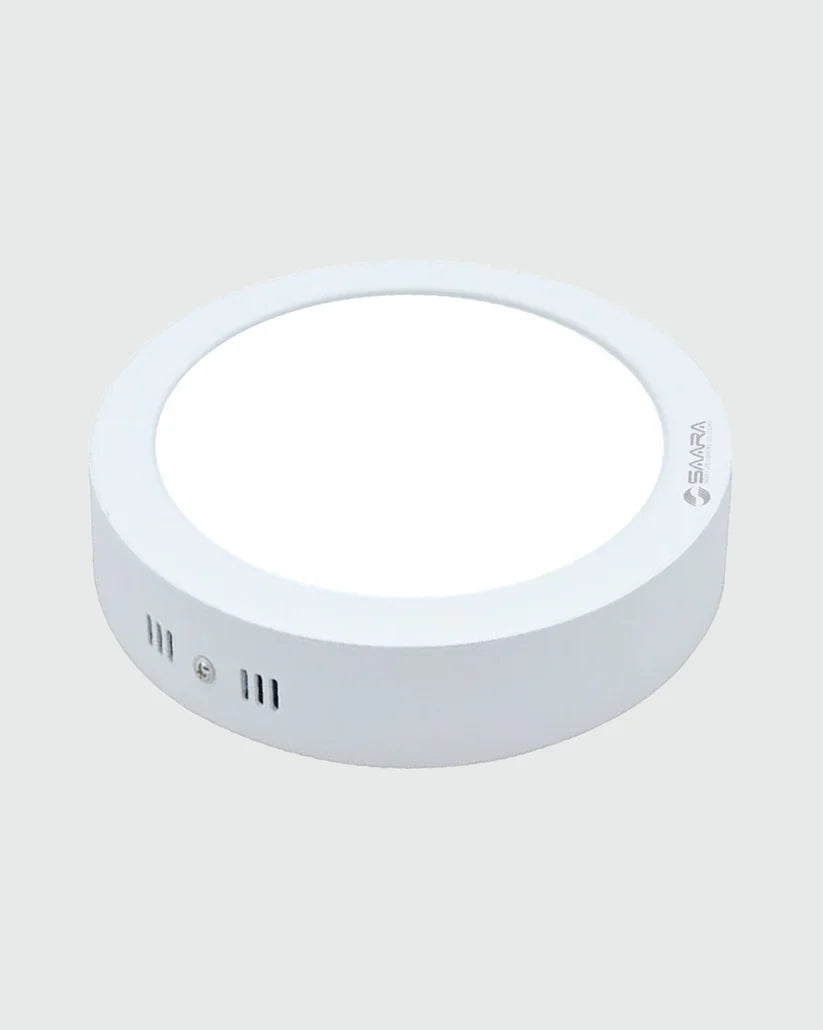In a world where energy efficiency and sustainability have become paramount, LED lighting has emerged as a shining beacon of innovation. Not only do LED lights provide superior energy efficiency and an extended lifespan, but they also keep evolving, pushing the boundaries of technology and design. In this blog, we'll delve into the myriad advantages of LED lights and explore the latest trends in LED technology and design, shedding light on the bright future that LED lighting promises.
Advantages of LED Lights:
-
Energy Efficiency: One of the most significant advantages of LED lighting is its exceptional energy efficiency. LEDs use far less electricity to produce the same amount of light as traditional incandescent or fluorescent bulbs. This translates into significant energy savings for households and businesses, reducing electricity bills and contributing to a greener planet.
-
Long Lifespan: LED lights are known for their impressively long lifespan. Compared to incandescent bulbs that burn out quickly, LEDs can last up to 25,000 hours or more, making them a cost-effective choice in the long run. This means fewer replacements and less waste, reducing the environmental impact.
-
Instant Illumination: Unlike some traditional lighting options, LED lights provide instant, full illumination when turned on. There's no need to wait for them to warm up, making them ideal for applications where immediate, bright light is essential.
-
Color Options: LED lights are available in a wide range of colors, allowing for creative lighting designs and mood settings. They can be used to create ambiance, accentuate architectural features, or provide functional task lighting.
-
Durability: LEDs are incredibly durable and resistant to shock, vibrations, and external impacts. This durability makes them ideal for outdoor and industrial applications where rugged lighting solutions are required.
Latest Trends in LED Technology and Design:
-
Smart Lighting: The integration of LED technology with smart home systems is a growing trend. Smart LED bulbs can be controlled remotely via smartphones or voice-activated devices, allowing for personalized lighting schedules and energy management.
-
Human-Centric Lighting: LED technology has enabled the development of human-centric lighting solutions that mimic the natural daylight cycle. This promotes better sleep patterns and increased productivity, making it a popular choice in homes and offices.
-
Miniaturization: LED technology continues to become more compact, leading to smaller, sleeker light fixtures and innovative design possibilities. Miniaturization has opened the door to creative lighting designs and unobtrusive fixtures.
-
Energy Efficiency Improvements: LED manufacturers are consistently working on improving energy efficiency, resulting in even lower energy consumption and reduced greenhouse gas emissions. This trend aligns with the global shift toward sustainable practices.
-
Customization and Personalization: LED lighting is increasingly being used to create personalized lighting environments. Users can customize color, intensity, and color temperature to suit their preferences and needs, whether for residential or commercial spaces.
As LED technology continues to evolve, the future looks even brighter for this efficient and versatile lighting solution. With its myriad benefits and innovative design possibilities, LED lighting is at the forefront of the sustainability movement. Its advantages in energy efficiency, long lifespan, and adaptability make it an ideal choice for homes, businesses, and a wide range of applications. The latest trends in LED technology and design demonstrate its continuous evolution and commitment to providing cutting-edge lighting solutions for a brighter and more sustainable future.


